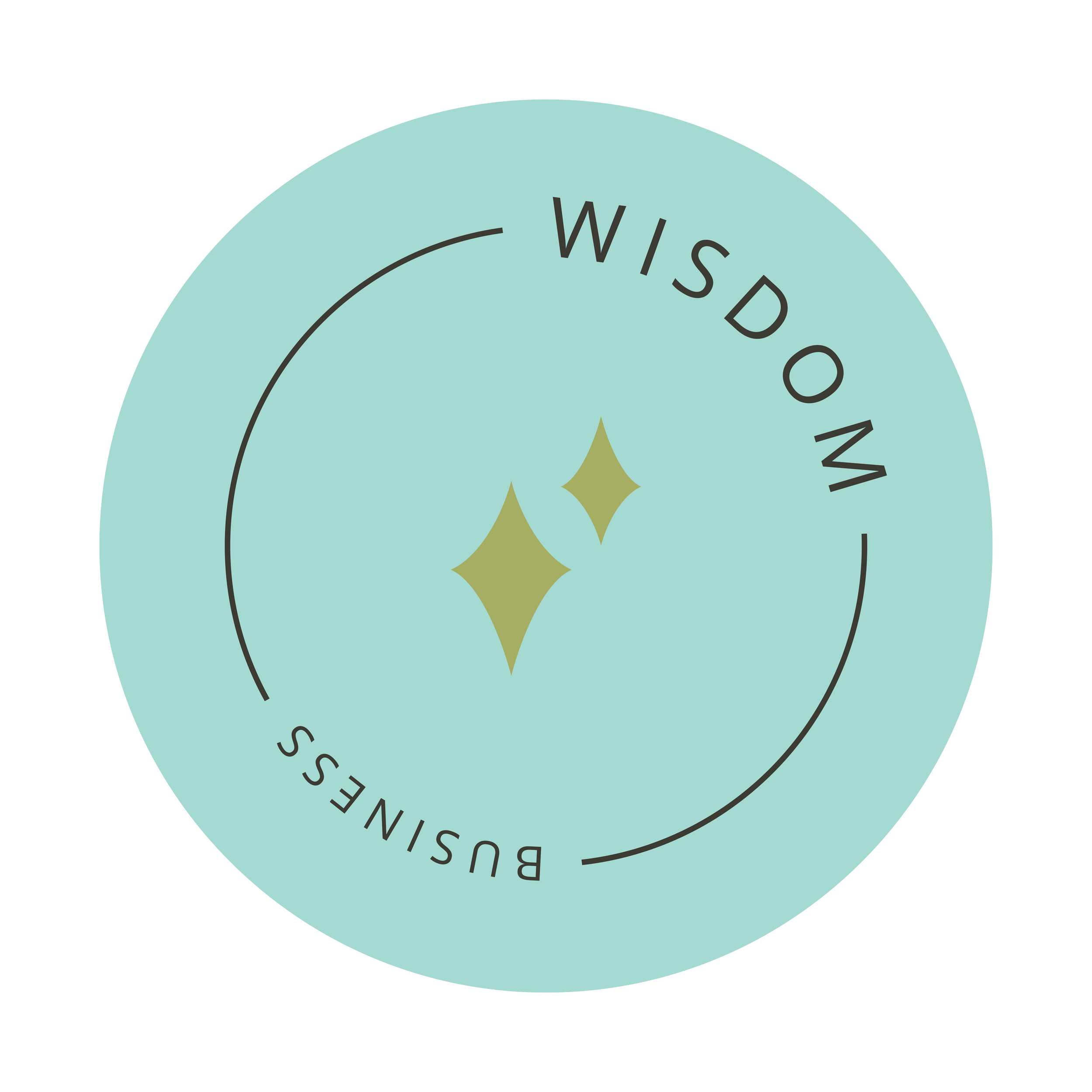Tackling photography ghosting: An old school sales approach Part 1
Image by:@steinart
Ghosting has been a hot topic lately even though it’s actually an old topic. Not hearing back from clients has always happened in some form or another. I’m sure in the days of door-to-door salesmen, people ‘ghosted’ by drawing the curtains and hiding in the kitchen when the dude with Encyclopedias, cookware or insurance forms knocked at their door!
A neologism refers to coining a new name for something: a product, a trend, a concept. Its use in marketing is to attribute certain characteristics that help in brand recognition and sales. Something catchy that gets into our slang and our culture and makes it memorable. Examples of modern neologisms are terms like fitspiration, staycation, flexitarian.
The term ghosting made its appearance over 20 years ago, initially referring to online dating. As an aside, there is actually a photographic concept called ghosting, where you see a remnant in a frame from movement, or light. It migrated from our camera to our business as the remnant of people inquiring! We all may have been sitting in front of our computers, not hearing back from inquiries and being upset but moving on. Blaming the pandemic, a sluggish economy. Then we log into our media and our forums are a-buzz with everyone getting ghosted. And now ghosting is being talked about everywhere. See? Even I jumped onto this wagon, along with dozens of other educators. So now in this ‘saturated’ market, how do I get your attention on my take on ghosting? I’m going old-school. There are already so many marketing lessons here (but I will reserve for another post).
We may not know how to handle something we’ve never encountered, but given that ghosting points to an age-old problem, it means there is a wealth of information on it. Maybe it’s time to crack open the Encyclopaedia after all to see if there were some solutions before ghosting became a buzzword and was just good ol’ non-responsiveness or non-reply (doesn’t sound as dramatic and trendy as ghosting, does it?!
Ghosts are remnants of the past - so let’s revisit sales techniques of the past to tackle ghosting today
If we look at the books and advice of the sales greats: Zig Ziglar, Brian Tracy, Dan Kennedy, we know that prospects dropping out of the game, with or without notification, is a normal part of a sales process. There are exceptions of course, people who truly are rude, with no manners or etiquette but that’s more related to their temperament and personality - they’ll be rude in any situation. If we know that non-responsiveness is a typical side-effect of a sales transaction in all industries, then we can unlink it from personal judgement, and introduce sales and psychological techniques to minimize it.
Think of the stats we hear of for email campaigns which were modelled after old-school direct mail campaigns. Most experts will say a 2% response is good. What does that tell you? A 98% ghosting rate! That’s the standard.
Zig Ziglar, sales titan who shaped the sales industry, identified 5 obstacles to sales:
No need
No money
No desire
No trust
No hurry
There are behavioural dynamics behind non-responsiveness:
If you can relate to any of these yourself, then you may actually build empathy for the person on the other end:
Wanting to avoid confrontation/ worried they may have to explain themselves
Feeling like they are letting someone down/ guilt so they prefer to avoid altogether
Anxiety or other mental wellness issues creating stress
Not knowing how/ having the skill to turn something down with grace or feel judged if they do
Not feeling it’s necessary to respond. Nothing to do with being rude or ill-mannered, some people feel that once they’ve gotten the information and their answer is a no then no need to waste their time or yours in continuing correspondence.
No time to respond/ overwhelm. This could especially happen if inquiring with many service providers. For someone planning a wedding and reaching out to many providers in different industries (venues, florists, caterers and maybe multiple of each of these), the logistics of responding to each becomes unmanageable. Busy family schedules can also cause this.
They plain forgot. We are a time-starved and overstimulated society. We juggle a lot. We forget stuff and remember in the middle of the night and weeks have passed and now it would just be weird to reply.
When you look at these 2 aspects, some insights can be found:
There are natural and valid reasons why we might not respond and it doesn’t make us horrible people; just people governed by our personal stories and circumstances.
There are natural and valid obstacles to face in the course of business transactions - as both consumers and service providers ourselves.
Our solution in reducing ghosting and increasing bookings lies in designing our sales process to overcome both purchasing obstacles and human tendencies, in order to promote a positive response. It’s not truly about ghosting now, is it? Because if something changed overnight and the dozen inquiries that ghosted you last month suddenly responded and said no, you may have preferred the radio silence! You also wouldn’t care if you were ghosted by loads of people if you had loads more saying yes.
How do we actually design a sales process to do this? Tune in to the blog next week where I will talk about ways to do this. Otherwise you might have ghosted me, as this would have been a very long post!
NoGhosting
Ghosting is something perceived as done to us, out of our control. Promoting a response is something we can do, in our control. I’m creating a new neologism here because “promoting a response” doesn’t really have much sparkle or call attention. But Noghosting - I think we all want that! As much as it stings, I don’t want to dwell on why someone didn’t hit reply. I want to do everything in my power to get the noghost - not only a reply but a positive one at that!
HINT: The line “tune into the blog next week” is one way to get a noghost, which in my case is getting you to come back to this blog. There is something to look forward to. If I have given value in this post, then the reader will know they will get more value if they come back versus disappearing!
ShinesparkL HINT: Me creating a new neologism for the opposite of ghosting is a marketing technique, as we learned in the opening of this post. It is also a way to get a noghost!
Linking the other pillars
The psychological barriers to responding can be physical. As you might cringe in horror to get on a phone call with a prospect and feel the anxiety building in the pit of your stomach, they too can feel this in trying to let you down. It’s easier to manage the bodily feelings by avoiding. The right thing? Maybe not, but sometimes we must cope the best ways we know how.
Once we recognize the sales & psychology aspects at play, we can use that information to design business processes and practices that converts more prospects into bookings. Ghosts can go haunt someone else!
Promoting a response has a lot to do with your energy. For many of us, we try to have good energy in our web copy to attract inquiries, but the energy of telling people prices is imbued with fear and doubt. This could be coming across in your responses; a silent and intangible thing that drags the energy down and may cause someone to decide not to want to work with you.
If we’re open we may recognize the role we play in ghosting, by not designing effective processes. That niggling feeling may be telling you that investing time and education into Sale and Marketing may be a good thing. Listen to that voice as it’s usually the right guidance!
Join the Facebook Group with over 6,000 like-minded members to chat with others on this topic, and more!









